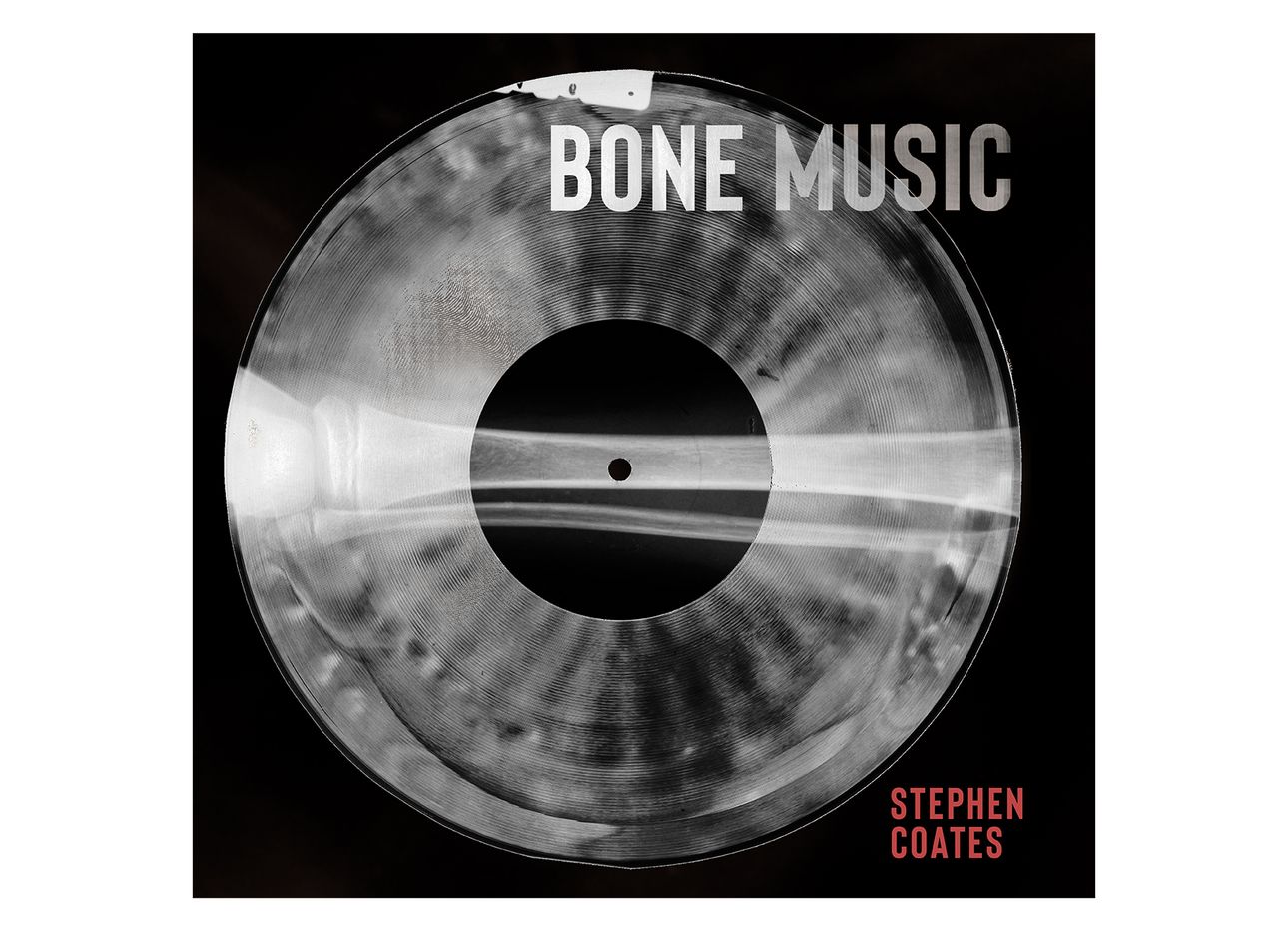
A New Book Explores How, Via X-Rays, Banned Albums Made It Into the Cold War–Era U.S.S.R.
The bad news is that this particular set of X-rays won’t be covered by your health insurance. The good news? Discarded hospital film of broken bones can defy a communist regime, deliver banned music to the masses, and endure as art.
As author Stephen Coates explores in his new book, Bone Music: Soviet X-Ray Audio (Strange Attractor Press), this underground movement in the Cold War–era U.S.S.R. was born of necessity. When dictator Joseph Stalin imposed a total ban on Western culture, from movies and books to music, young stilyagi, as its hipper teenagers then were known, wouldn’t take “nyet” for an answer. With no vinyl accessible, savvy entrepreneurs began clandestinely acquiring lathes and discarded X-ray film to cut their own bootleg albums featuring banned American and British music.
Bone Music is actually a sequel to Coates’s 2015 book, X-Ray Audio: The Strange Story of Soviet Music on the Bone. That the author, a Brit who first encountered an X-ray album for sale at a flea market in St. Petersburg, Russia, while vacationing, would return to the topic speaks to the allure of these discs. They’re at once an act of rebellion and strange, unintentional art. Coates’s new book goes deeper, acting as an oral history and featuring interviews with several Bone music originators (some of whom passed away before the book’s publication). Coates also presents several of the X-ray discs in full-page photography, encouraging readers to see the albums as visual as much as auditory delights. Connecting this 1940s–1960s movement with the present day by chronicling a series of contemporary efforts to cut X-ray records with a youthful audience, Coates also completes the Bone music origin story, which, as it turns out, was arguably less Russian and more Hungarian a phenomenon than first realized.
With Russia’s invasion of Ukraine dominating news headlines lately, and even talk of a “new Cold War,” the publication of Bone Music takes on added meaning, which Coates acknowledges in the book’s preface. In a digital world, cutting records on X-ray film is no longer a viable solution to musical repression yet such artful, ingenious rebellion will no doubt continue to inspire those at the forefront of today’s technologies.